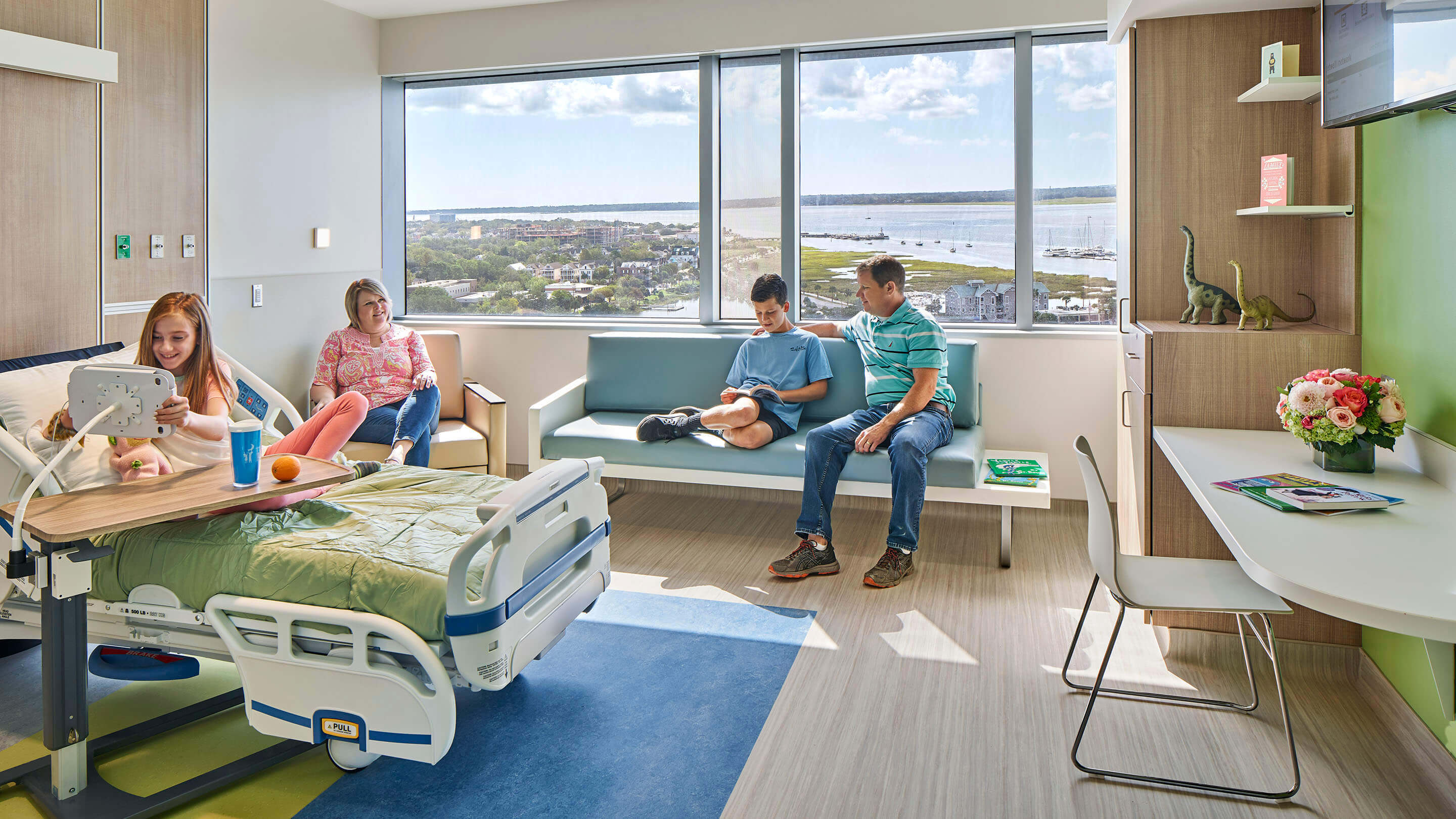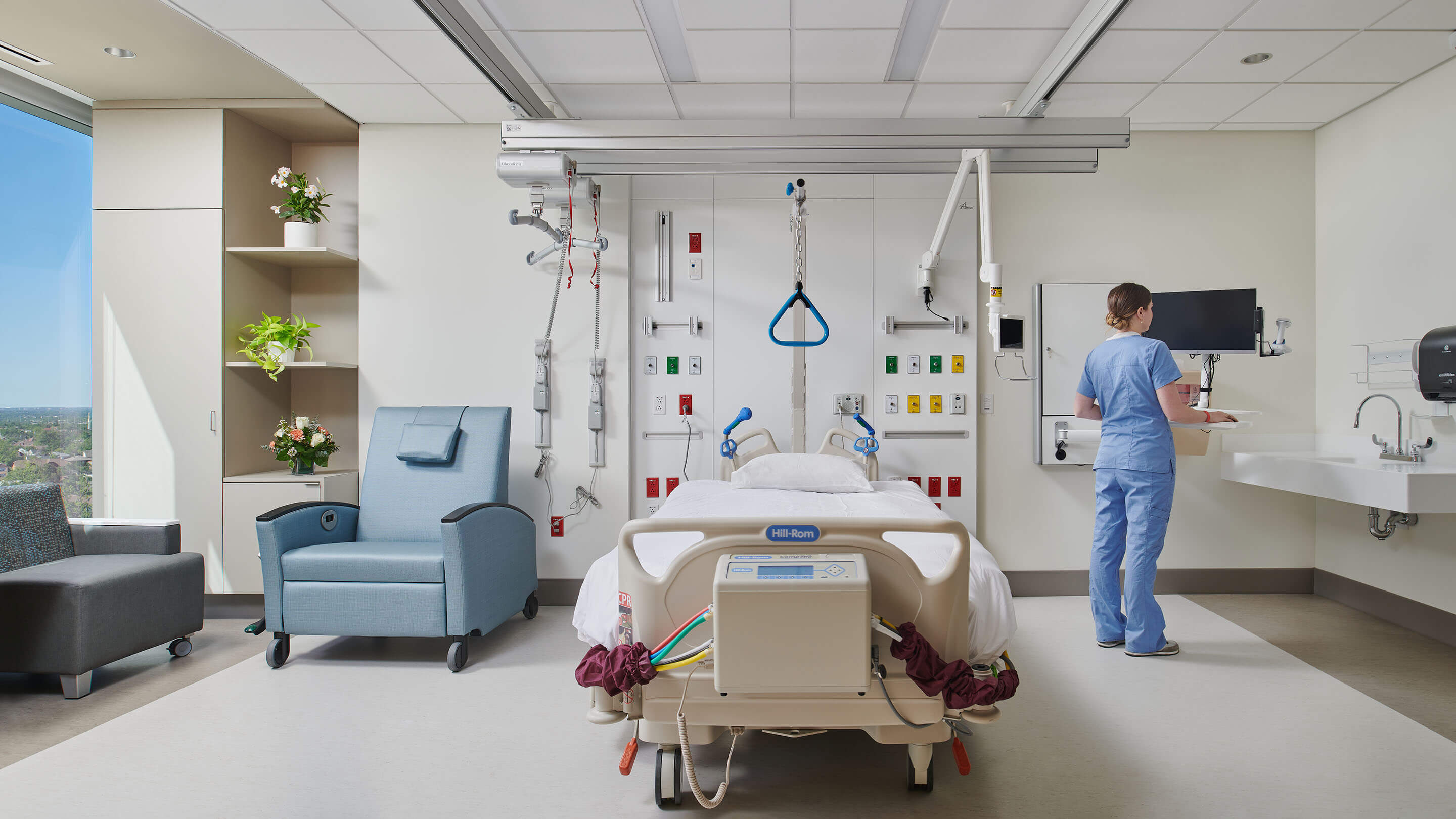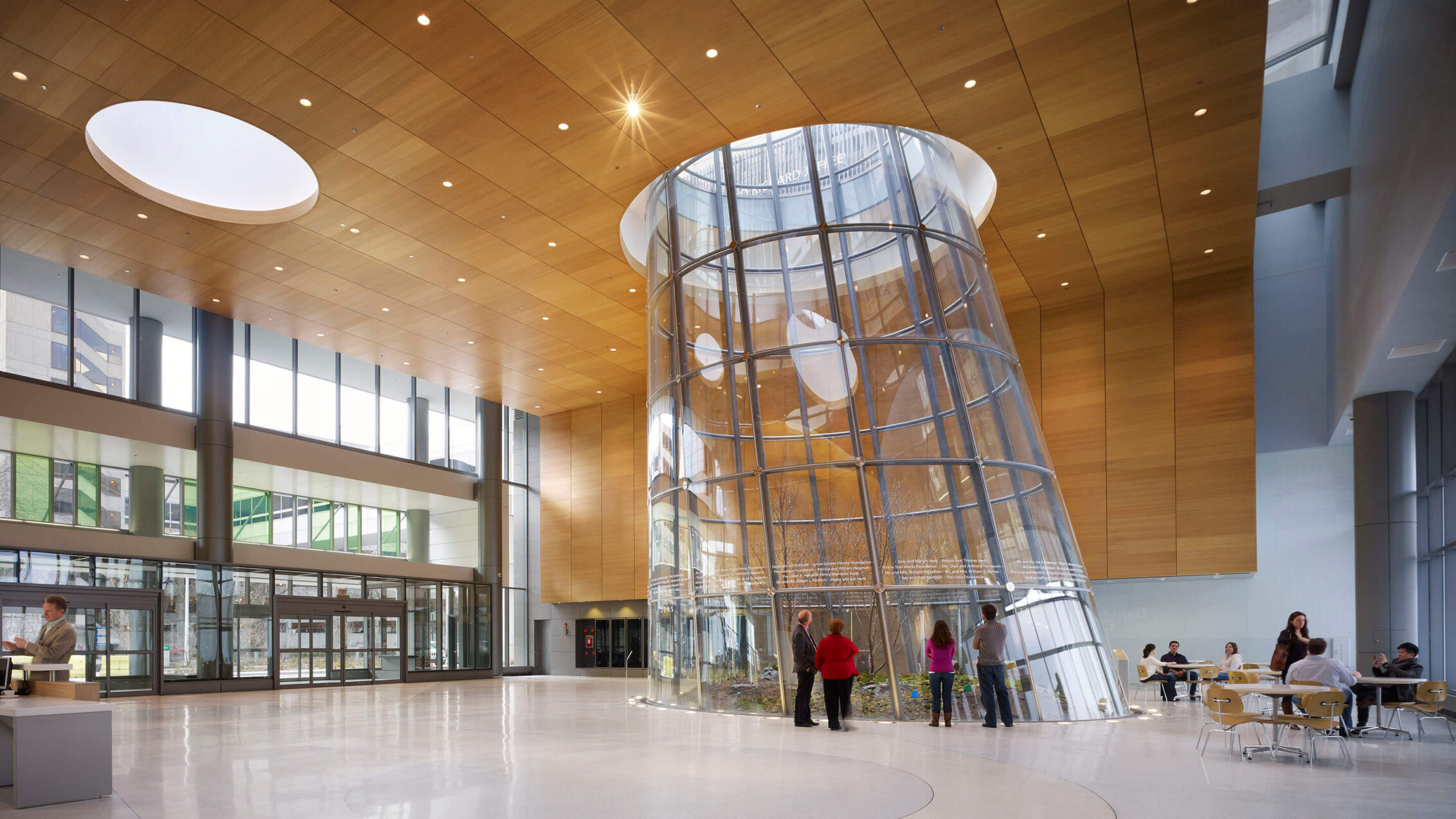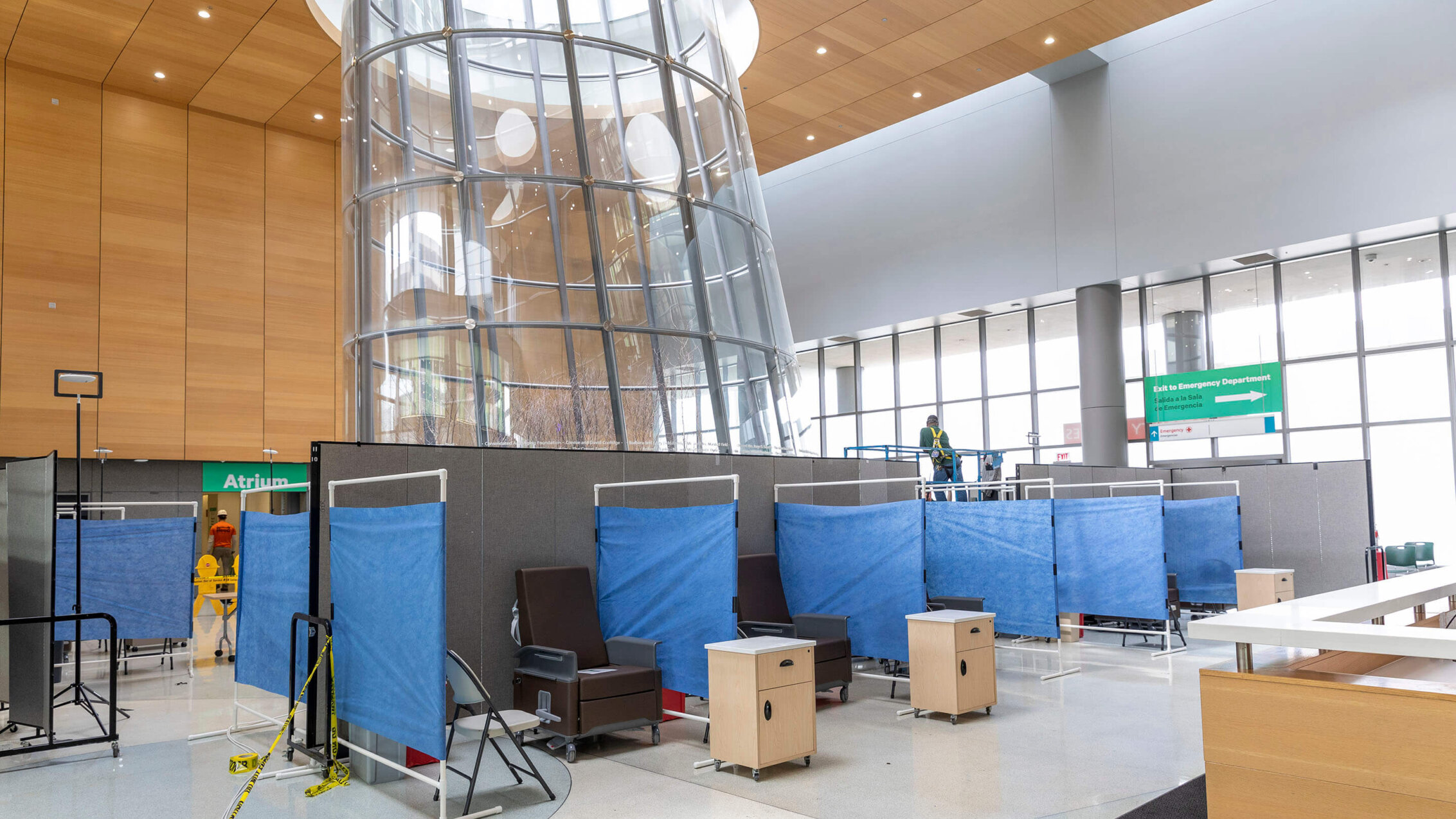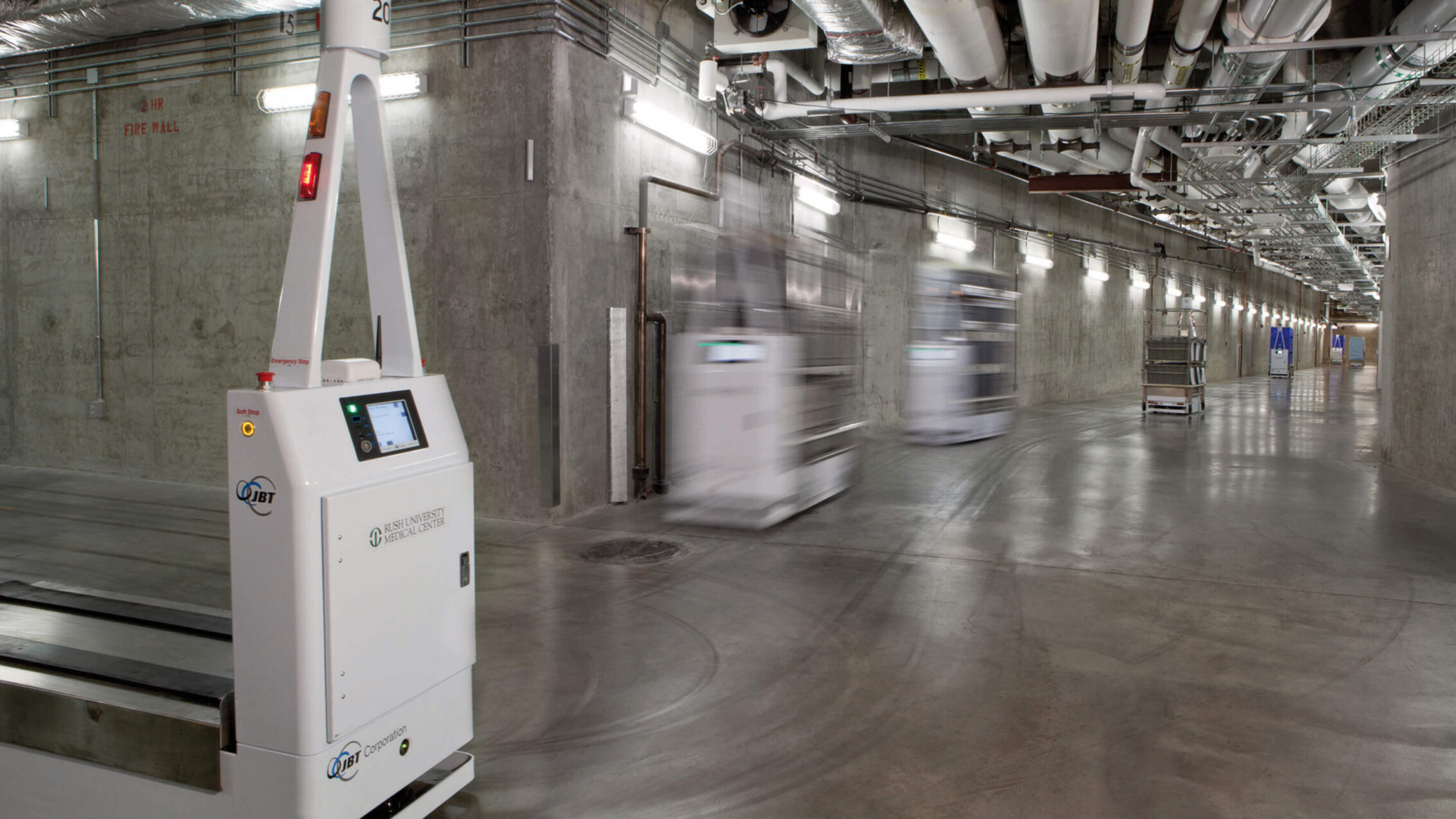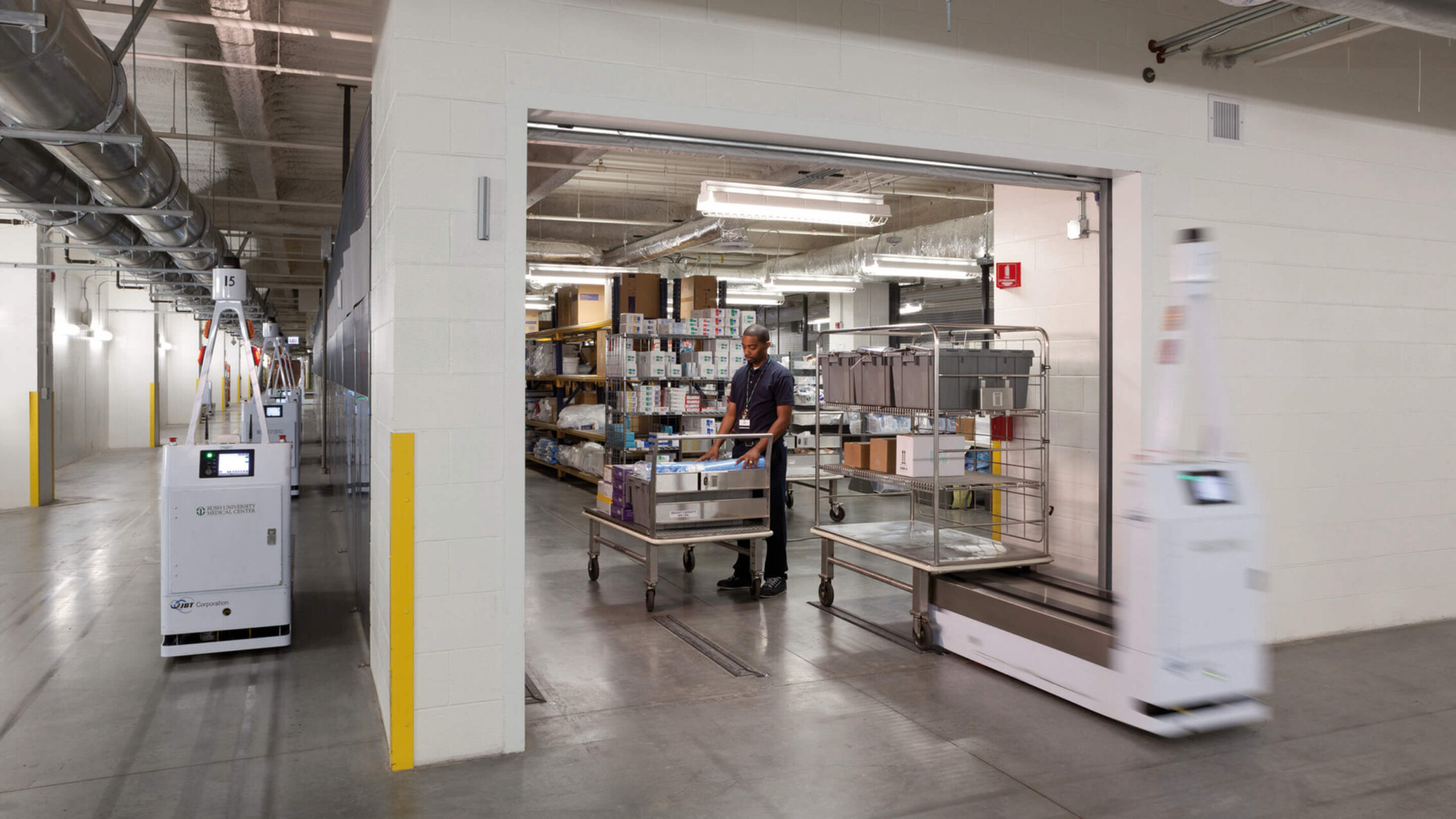Although many patients will enjoy expanded opportunities for remote and off-site healthcare in the future, the “sickest of the sick” will still seek care at major brick-and-mortar facilities. They’ll get surgeries that are unavailable at ambulatory centers, procedures that can’t be done at offices, and experimental treatments that must be delivered in highly controlled environments.
“The hospital will still be the hospital,” says Chris Nicholas, CEO of Renown Regional Medical Center in Reno, Nevada. “Especially large tertiary hospitals like ours: I see them becoming large intensive care units.”
Teaching hospitals will also continue to play a vital role in in-person healthcare by educating the next generation of practitioners and providing resources for medical research. “There will always be a need for the large academic medical centers,” says Brian Crimmins, the recently retired vice president for facilities planning at Penn Medicine Lancaster General Health in Lancaster, Pennsylvania. “I think they’ll focus more on the teaching and research aspects, as well as cutting-edge new therapies.”


